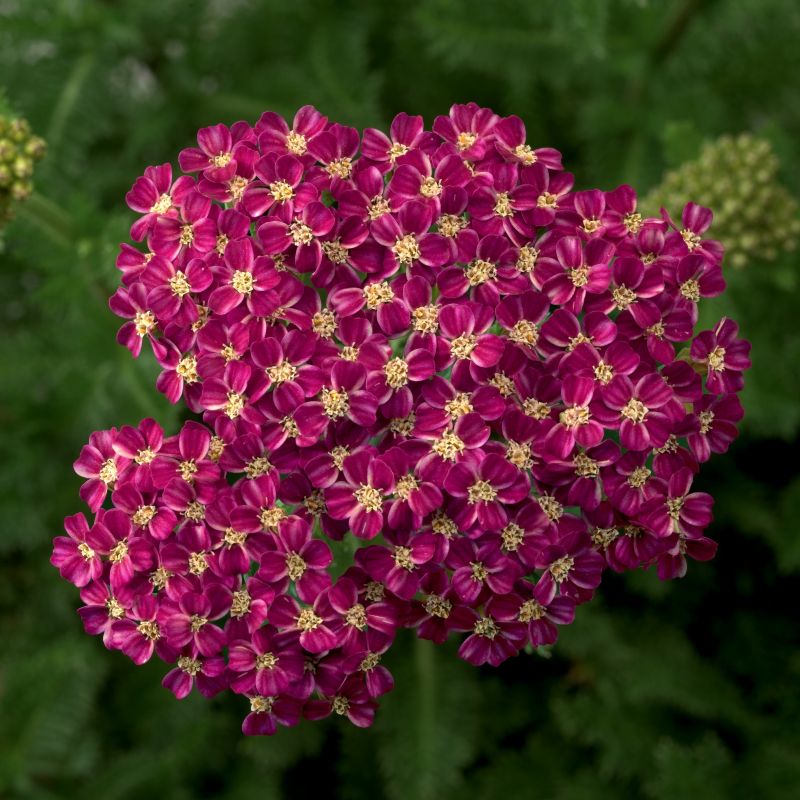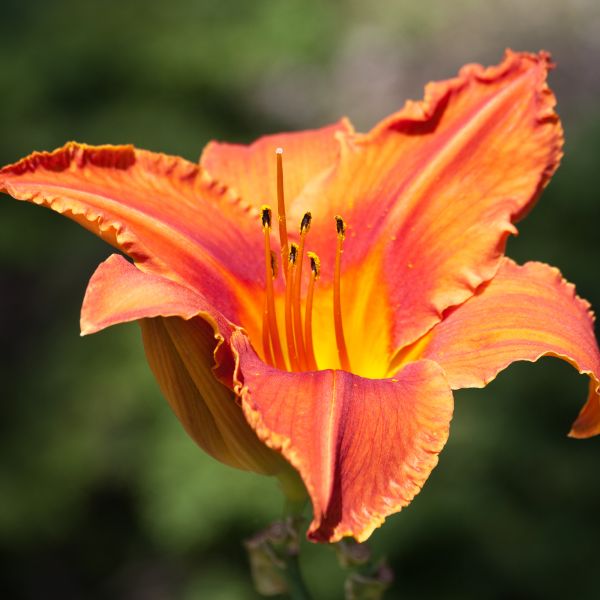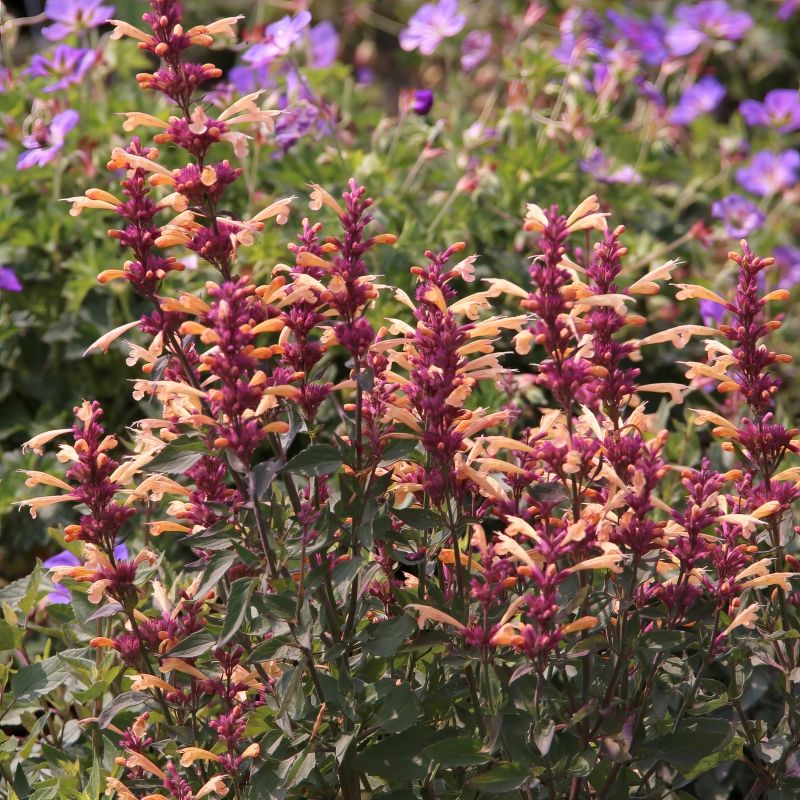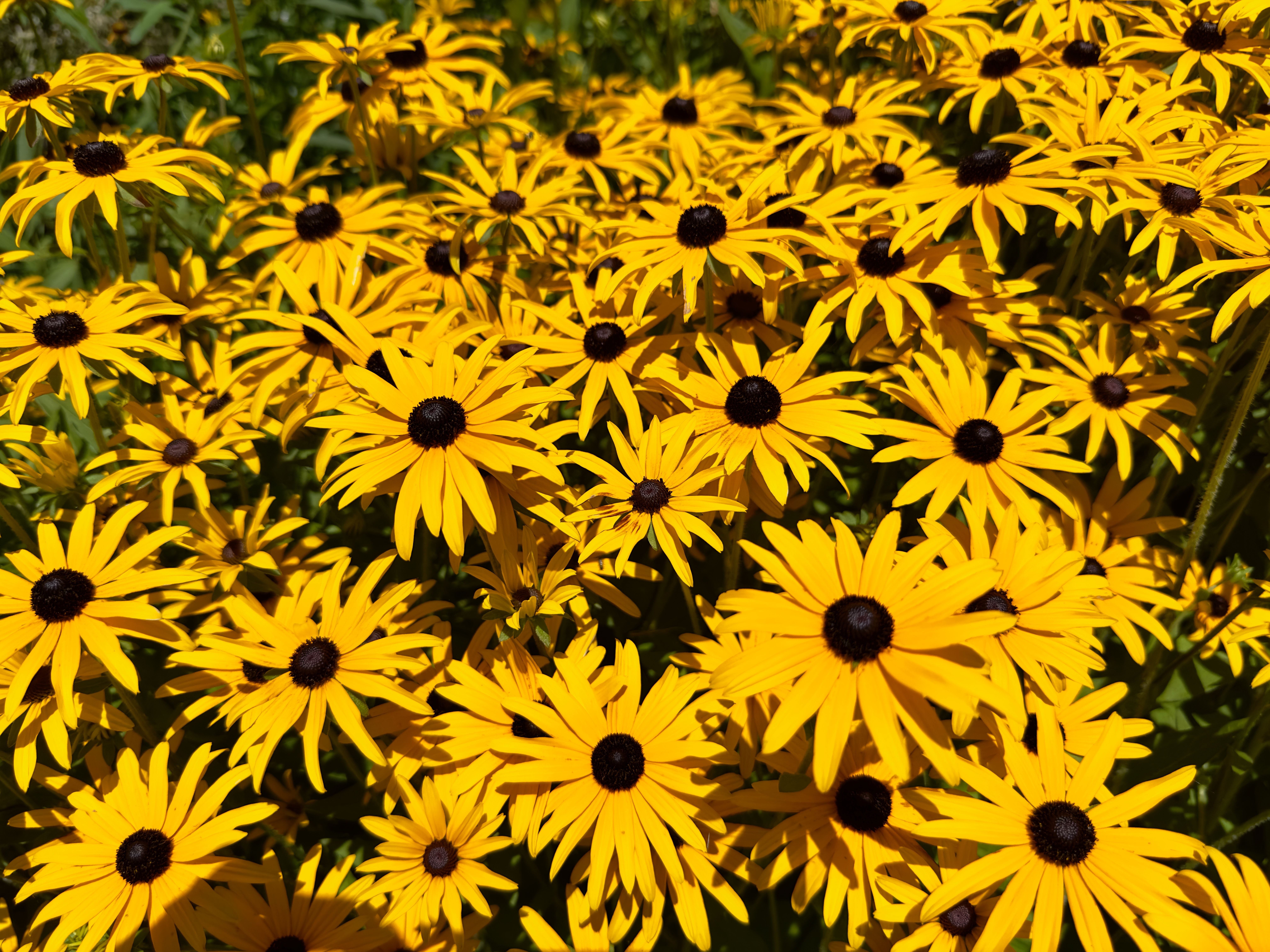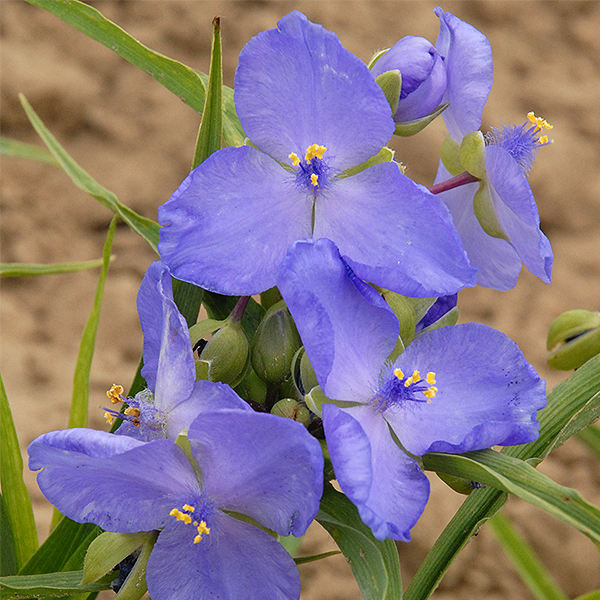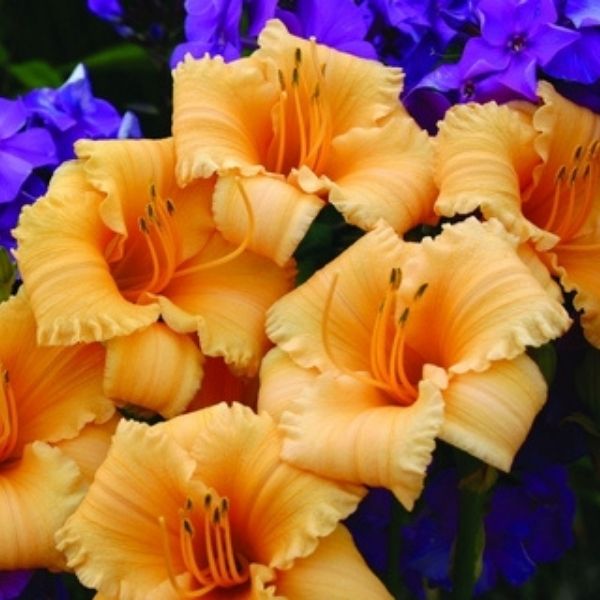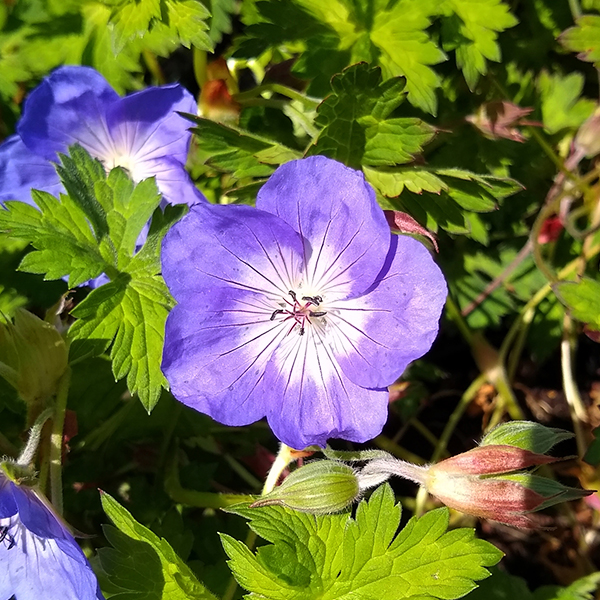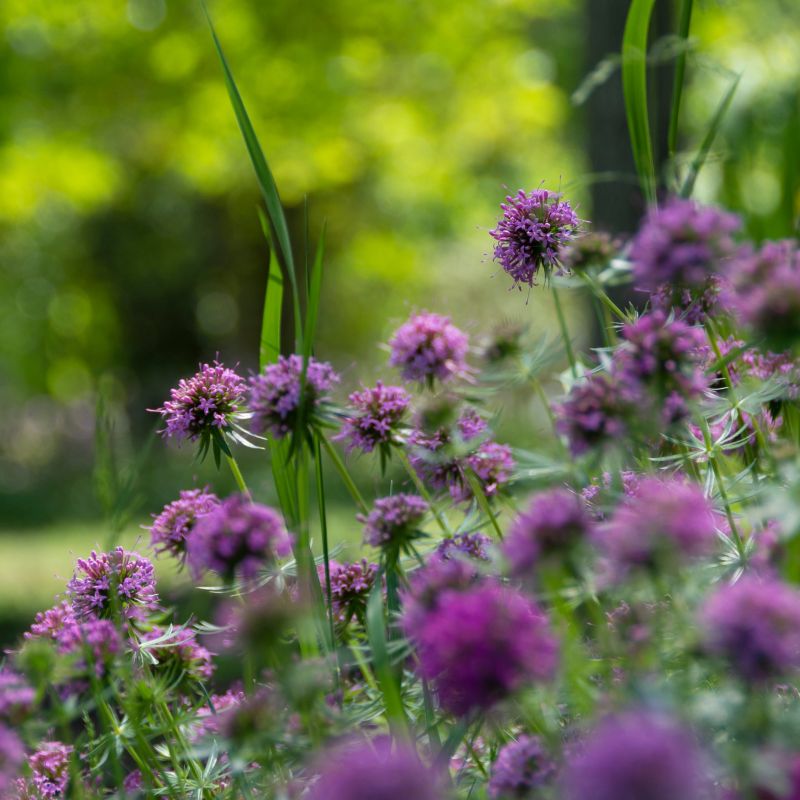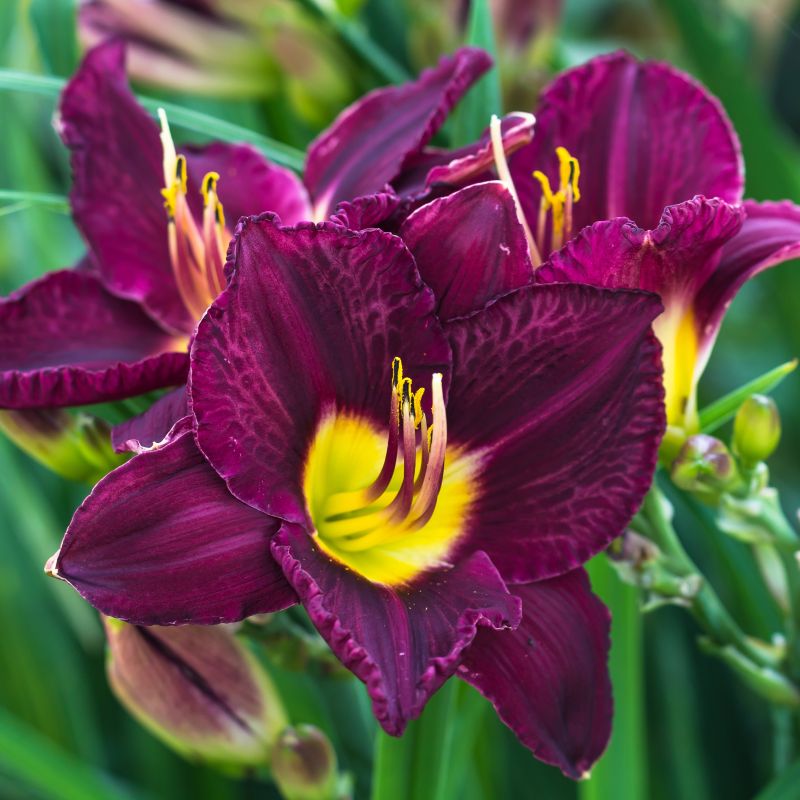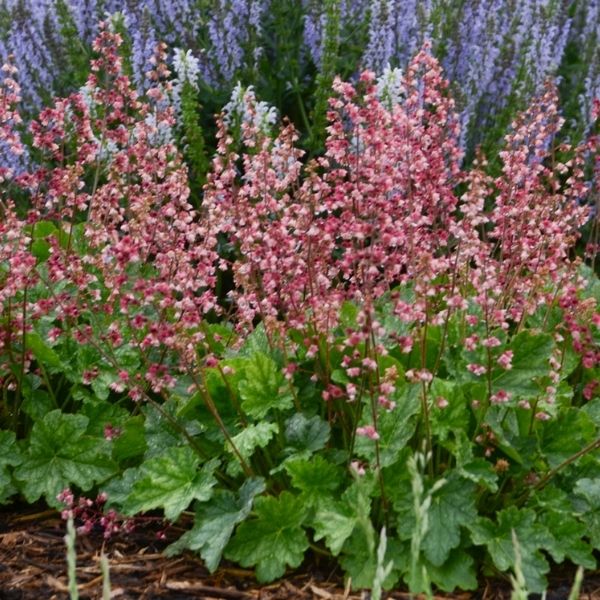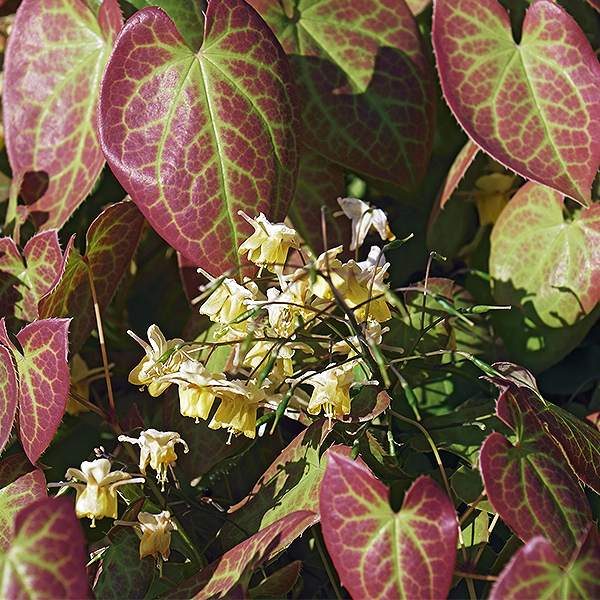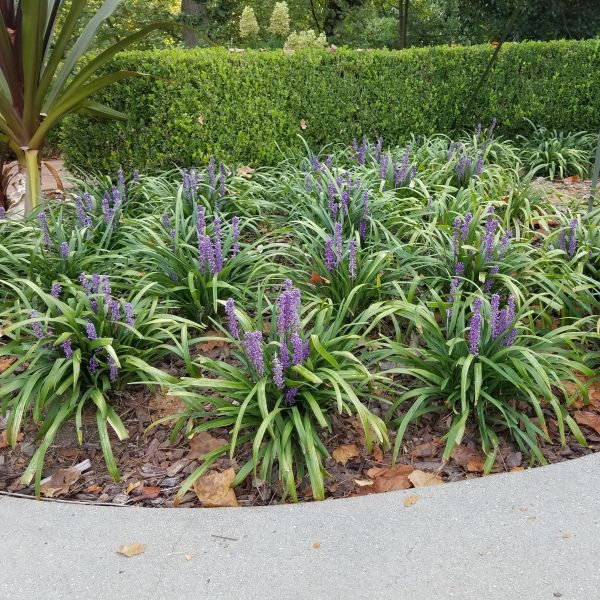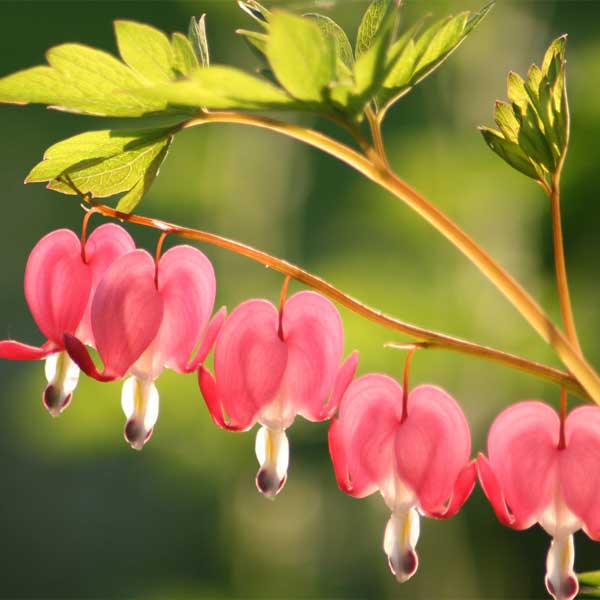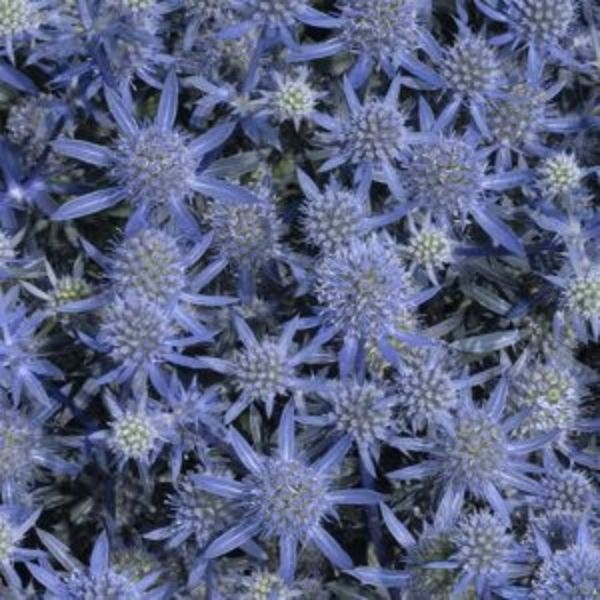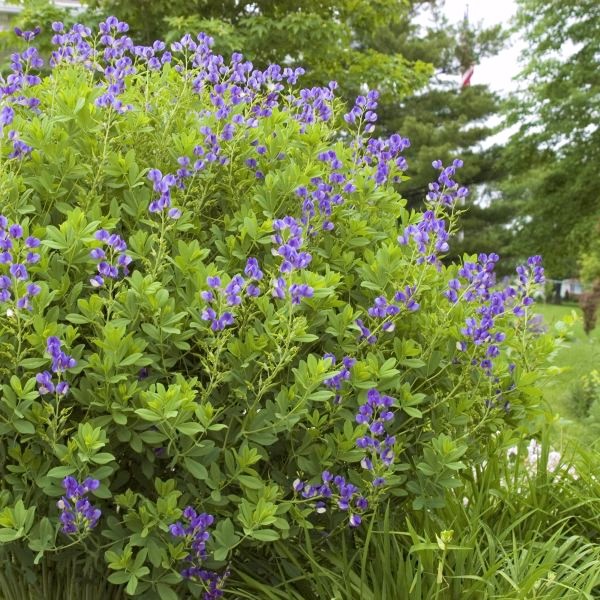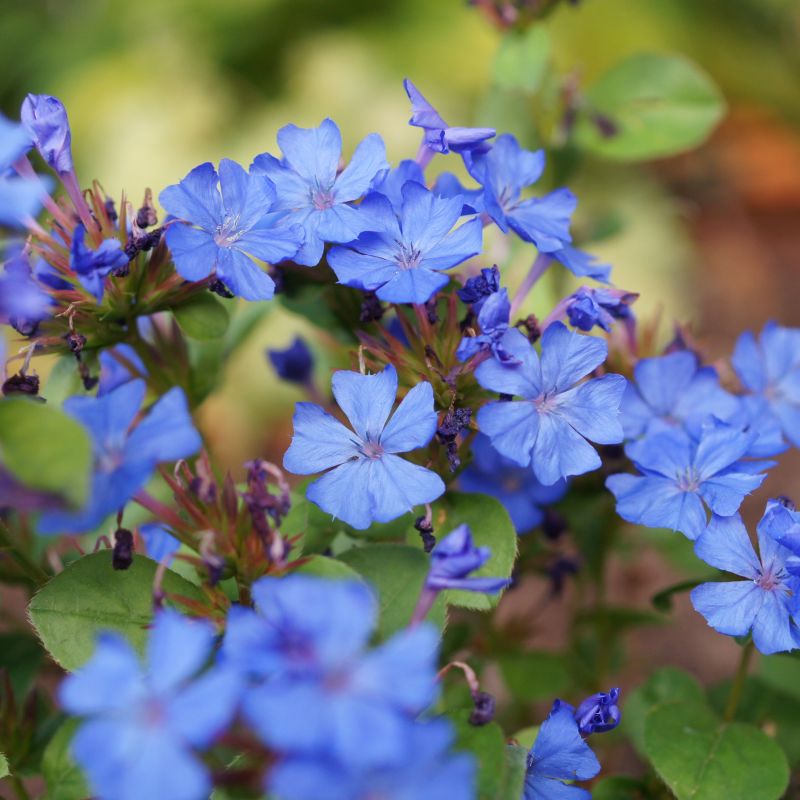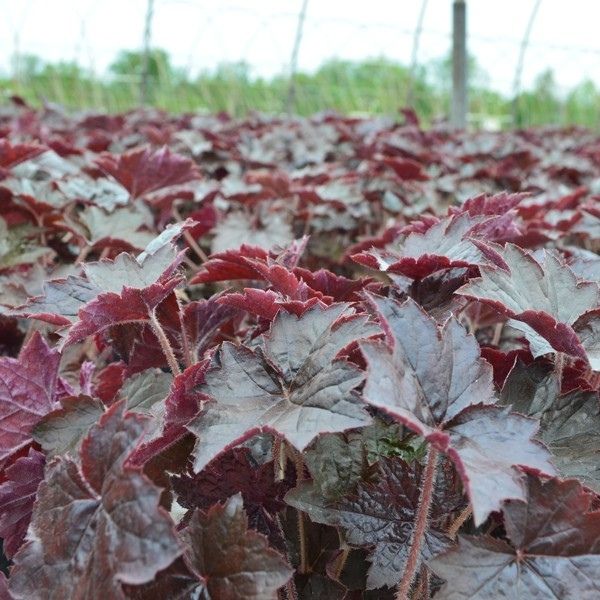


Blackout Coral Bells
Heuchera x 'Blackout'
23 reviews
Blackout Coral Bells
Heuchera x 'Blackout'
23 reviews
- Dark foliage contrasts beautifully with lighter plants in the garden
- Tolerant of a wide range of growing conditions, including sun or shade
- Attracts pollinators such as bees and butterflies with its delicate flowers
- Recommended by landscape designers for optimal fit in real yards
$52.00
$75.00
30% Off
- Ships to 43215 in 3 to 7 days
- Free Shipping Over $150
- Plant Arrival Guarantee
- In Stock
- Free Plant Consult
$200 - Landscape-Approved: Every Plant We Sell Comes With Design Expertise Behind It
1 Gallon
Not just beautiful - intentionally selected by ShrubHub's 3D landscape design team to fit real-world spaces and maximize yard potential.
Why Blackout Coral Bells?
Blackout coral bells are a versatile, dark-leaved perennial that adds depth and drama to any garden. The foliage is a rich, almost black color that contrasts beautifully with lighter plants. Pink or white flowers appear in late spring or early summer, adding an extra pop of color. This low-maintenance plant is both drought and heat tolerant, making it an excellent addition to any landscape.
People who loved this plant also bought
Sunlight
Blackout Coral Bells thrive in partial shade to full shade.
Watering
Blackout Coral Bells thrive in well-drained soil, so it is important not to overwater them. They have moderate watering needs and require regular watering to keep the soil consistently moist but not waterlogged.
Fertilizing
Blackout Coral Bells require a balanced fertilizer with a ratio of 10-10-10 or 14-14-14. Additionally, they benefit from organic matter, like compost, added to the soil before planting.
Blackout Coral Bells, also known as Heuchera x ‘Blackout’, is a perennial plant notable for its striking black leaves. The plant produces cream-colored flowers in late spring and persists into early summer. The bell-shaped dainty blooms give the plant its name and striking feature.
The foliage, though, is lush, glossy, and tooth-edged with a deep blackish-purple color that is displayed dramatically in any landscape. The flowers on tall stalks rising above the foliage make Blackout Coral Bells one of the most stunning perennials you could get your hands on.
The flowers attract pollinators and hummingbirds. The flowers are also equally enjoyable in floral bouquets as they are on their tall stalks. Blackout Coral Bells are low maintenance as well.
Blackout Coral Bells are cold-hardy throughout USDA growing zones 4 to 9. In northern climates, they can tolerate the full sun but generally prefer partial shade to full shade and intense sun can cause the colors to fade. However, they can tolerate the heat and humidity. Mild winter temperatures allow the plants to keep their striking colors.
As for soil, those plants grow best in well-drained soils. They are tolerant of urban pollution and the environment, as well as rabbit and deer resistance.
They are perfect to add as dark pops of color in groupings throughout the Perennial border or a modern Cottage Garden, especially with lighter plants. Order your Blackout coral bells today from Shrubhub to start enjoying this dark beauty.
Plant Information:
| Botanical Name: | Heuchera x 'Blackout' |
| USDA Zones: | 4 - 9 |
| Water: | Moderate to Moist |
| Exposure: | Full Sun |
| Soil Needs: | Well-Drained |
| Mature Height: | 12 - 18 inches |
| Mature Spread: | 12 - 18 inches |







Pollination Info
Pollination Information for Blackout Coral Bells (Heuchera x 'Blackout')
Blackout Coral Bells (Heuchera x 'Blackout') are typically pollinated by bees, butterflies, and other flying insects. The flowers of this plant are small and typically have a bell or tube shape with five petals that are usually a dark pink or red color. The flowers also produce nectar which attracts pollinators. The pollen of the Blackout Coral Bells plant is typically sticky and can adhere to the bodies of pollinators, which helps ensure successful cross-pollination.
Blackout Coral Bells plants can also self-pollinate, meaning that they can fertilize themselves without the need for pollinators. Self-pollination can be helpful in areas where there are few or no pollinators available. However, self-pollinated plants are typically less genetically diverse than plants that are cross-pollinated, which can limit their ability to adapt to changing environmental conditions.
Overall, Blackout Coral Bells plants are an excellent choice for home gardens and other landscaping projects that require attractive, low-maintenance plants that are also important for the local ecosystem.
FAQ
Blackout Coral Bells (Heuchera x 'Blackout') FAQ
What is Blackout Coral Bells?
Blackout Coral Bells, also known as Heuchera x 'Blackout', is a cultivar of the native North American plant Heuchera. It is a popular perennial in garden designs due to its deep purple-black leaves and pink flowers.
What are the growing requirements for Blackout Coral Bells?
Blackout Coral Bells grows best in moist, well-drained soil and partial shade. It can tolerate full sun in cooler climates. It is hardy in USDA zones 4-9 and can grow up to 18 inches tall and 12 inches wide. It is a low maintenance plant that does not require much fertilizer or additional watering.
When does Blackout Coral Bells bloom?
Blackout Coral Bells blooms in the late spring to early summer with small, bell-shaped pink flowers on thin stems that rise above the foliage.
How do I propagate Blackout Coral Bells?
Blackout Coral Bells can be propagated by dividing the plant in early spring or fall. Gently lift the plant from the ground and separate the clumps using a sharp knife or shears. Replant the divided clumps at the same depth as the original plant.
What are some companion plants for Blackout Coral Bells?
Blackout Coral Bells pairs well with other shade-loving plants such as hostas, ferns, and astilbes. It also looks great when planted alongside other Heuchera cultivars with contrasting leaf colors.
Is Blackout Coral Bells deer-resistant?
While no plant is completely deer-proof, Blackout Coral Bells is considered deer-resistant because of its strong scent and bitter taste.
How can I use Blackout Coral Bells in my garden?
Blackout Coral Bells is a versatile plant that can be used as a border plant, groundcover, or in a mixed container garden. Its deep purple-black foliage adds contrast to light-colored plants and makes it a great accent plant in any garden design.
Planting & Care
Planting & Care for Blackout Coral Bells (Heuchera x 'Blackout')
Blackout Coral Bells are hardy perennials that prefer slightly acidic and well-drained soil. Here are some planting and care tips:
Planting Tips
- Choose a location that receives part shade to full shade. Full sun can lead to scorching of the leaves.
- Prepare the soil by adding compost or other organic matter to improve drainage.
- Dig a hole twice as wide as the root ball and slightly shallower than the depth of the root ball.
- Place the plant in the hole and backfill with soil, tamping down lightly.
- Water thoroughly after planting.
Care Tips
- Water regularly, but be careful not to overwater. Allow the top inch of soil to dry out between waterings.
- Fertilize in early spring with a slow-release fertilizer formulated for acid-loving plants.
- Remove any dead or damaged leaves throughout the growing season.
- Cut back the plant in early spring to promote new growth.
- Divide the plant every few years to maintain its vigor.
Check Out These Verified Customer Reviews:
Customer Reviews
4.7 out of 5 based on 23 reviews
Thank you! Your review has been submitted.
Excellent customer service
Easy ordering process and fast delivery
Healthy plant, arrived in perfect condition
Item has been added to your cart.




